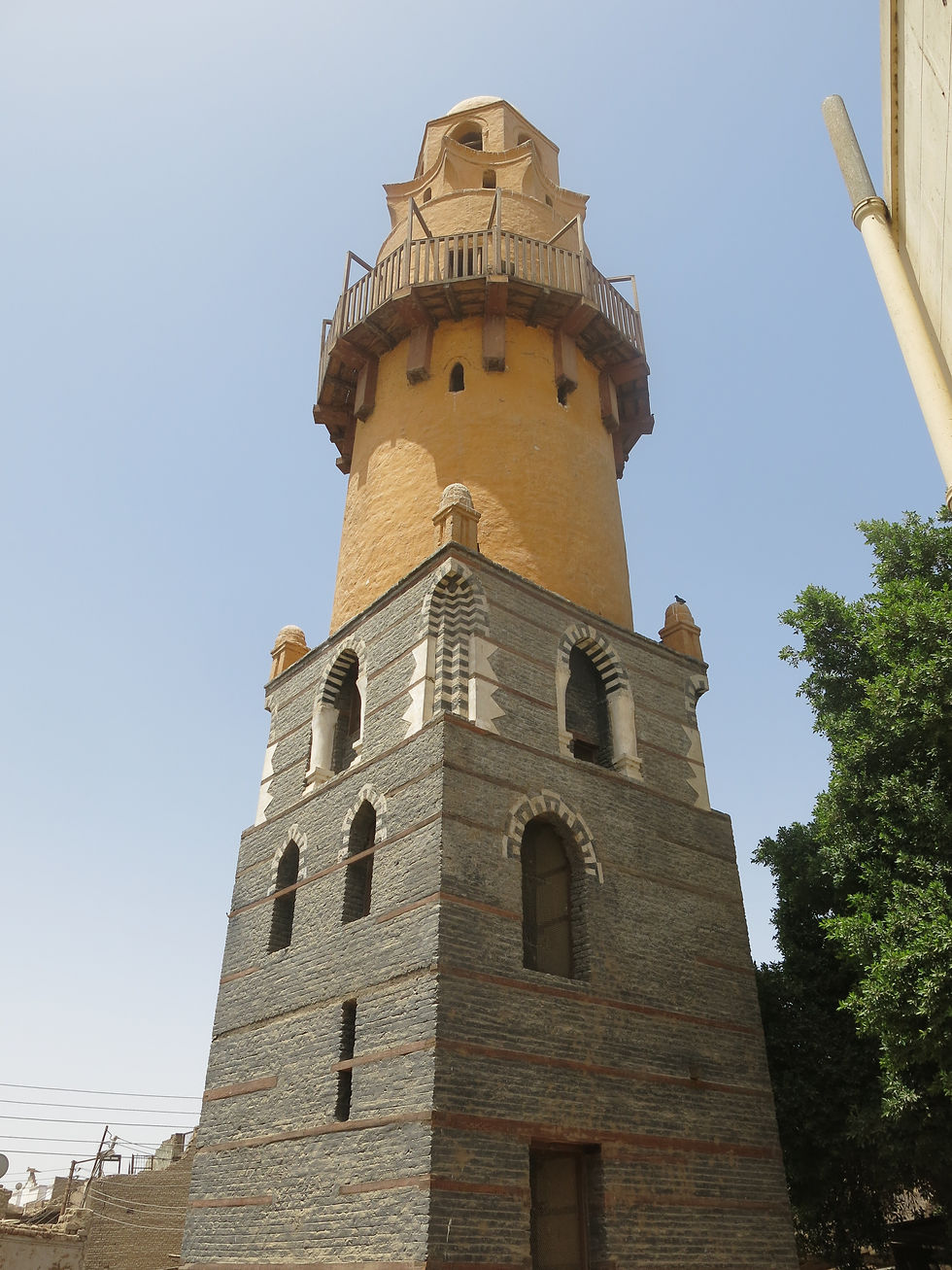Takween’s mission focuses on innovative and concrete solutions that have been researched, tested and implemented to meet the needs of communities and their specific built environments to achieve inclusive urban spaces that will thrive for generations to come. With this mission, Takween aims to improve the quality for inhabitants living in cities across Egypt and the Middle East.


Rediscovering Esna’s Cultural Heritage Assets (RECHA)
For centuries, Esna - located 34 miles to the south of Luxor- was an important economic center. The city’s Historic Center -once thriving with tourists- suddenly fell into decay and became a dilapidated and under populated area. Esna still maintains a wealth of cultural heritage assets that reflect all eras of the Egyptian history. The city’s unique urban fabric represents one of the few remaining examples of coexistence between different cultures manifested in one place. Esna is also rich with its crafts such as traditional textiles and gastronomic products - mostly unknown and on the verge of extinction. All these potentials, if better utilized, can turn the city into a model for balanced development that capitalizes on cultural tourism, the effective management of heritage assets, and sustainable local development.




Location:
Duration:
October 2016 - November 2020
Project Partners:
Made possible by the generous support of
The American people through the U.S Agency for International Development (USAID)
Implemented by Takween Integrated Community Development in partnership with CID Consulting
Sponsor Agencies & Partners
-
Ministry of Tourism and Antiquities (MoTA)
-
Luxor Governorate
-
Ministry of International Cooperation (MoIC)
Objective:
Develop, implement, and promote an alternative tourism development approach that:
i) enhances responsible cultural tourism potentials;
ii) strikes a balance between heritage conservation, tourism requirements, and local development needs; and
iii) improves economic benefits for the local community, as core elements to unleash the potentials of the diverse cultural assets in the Esna city center and pave the way for a sustainable revitalization process in the area through a series of integrated pilot interventions that engage the local community members.
Project Links:
Scope:
Objective 1: Promote better conservation standards and enhance visitors' experience:
-
Conservation and adaptive reuse of Wakalet el-Geddawy
-
Pilot upgrading of a portion of al-Qisariyya market;
-
Façade renovation of 8-12 architecturally significant buildings;
-
Preliminary development of the Esna City Center Tourist Route;
Objective 2: Promote effective management of the site and a more inclusive heritage planning and management of the Esna City Center:
-
Preparation of the Wakalet el-Geddawy Site Management Plan and capacity building activities;
-
Update of the 2010 Esna City Center Revitalization Plan;
Objective 3: Reintroduce the Esna City Center and its surroundings as a prime tourist destination:
-
Implementation of the Wakalet el-Geddawy interpretation plan;
-
Documentation of the Esna tangible and intangible cultural heritage;
-
Building consensus of Esna's heritage among different stakeholders;
-
Branding of Esna's heritage and development of communication tools;
-
Awareness raising and promotion of Esna's cultural heritage;
Objective 4: Draw economic benefits to the local community through improved employment opportunities and better revenue retention:
-
Conducting a rapid assessment of community assets;
-
Setting up some of the skilled handicraftsmen in Small and Medium Enterprises, Cooperatives and NGOs;
-
Capacity building of organizations working in the handicrafts sector;
-
Capacity building of the local community in cultural tourism skills;